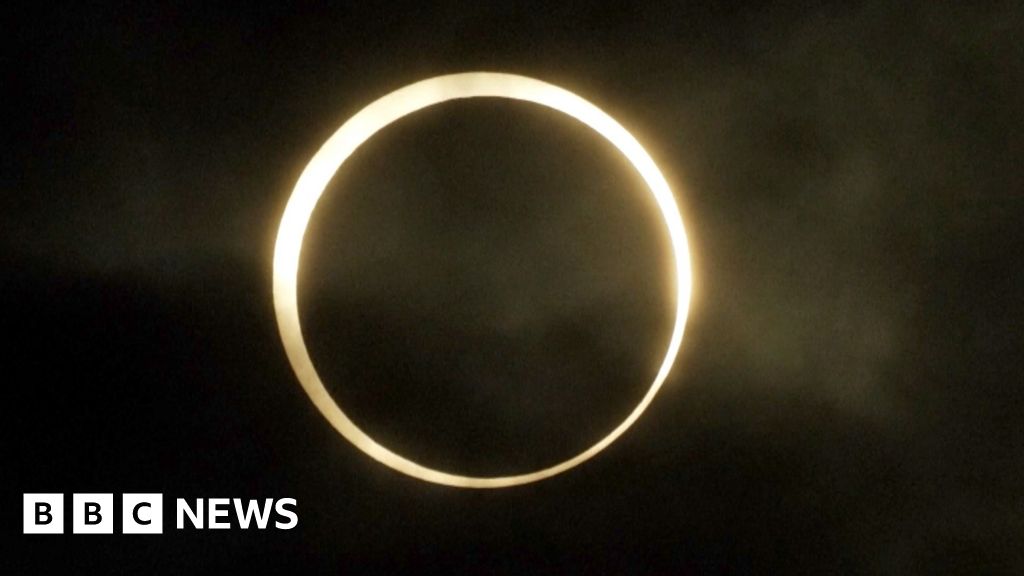Place your adverts here on InfoDig @ low rates; banner ads, sponsored links and guest articles etc. Contact us
In a particle collider at CERN, a rarely-seen event is bringing us tantalizingly close to the brink of new physics.
From years of running what is known as the NA62 experiment, particle physicist Cristina Lazzeroni of the University of Birmingham in the UK and her colleagues have now established, experimentally observed, and measured the decay of a charged kaon particle into a charged pion and a neutrino-antineutrino pair. The researchers have presented their findings at a CERN seminar.
It's exciting stuff. The reason the team has been pursuing this very specific kind of decay channel so relentlessly for more than a decade is because it's what is known as a "golden" channel, meaning not only is it incredibly rare, but also well predicted by the complex mathematics making up the Standard Model of physics.
That rarity and precision makes it a highly sensitive gauge for detecting new physics. Yet it was only by collecting an incredible amount of data covering countless particle collisions that the team could confirm their discovery as accurate according to the famous 'five sigma' standard of statistical certainty.
"This difficult analysis is the result of excellent teamwork, and I am extremely proud of this new result," Lazzeroni says.
Kaons consist of a combination of a quark and a different quark antiparticle bound under the strong force, which quickly decay in a rather unique fashion physicists describe as 'strange'. This odd characteristic has made them a handy tool in determining the rules of how particles in general ought to behave.
The production of kaons is not particularly difficult, if you have the right equipment. Using the Super Proton Synchrotron at CERN, the researchers fire a beam of high-energy protons at a stationary beryllium target. This produces a secondary beam of about a billion particles a second, about 6 percent of which are a kind of kaon that's charged.
Kaons don't have a long lifespan; they form, and decay, in a hundred millionth of a second. So, in that secondary beam, kaon decay is happening constantly, generally turning into a super heavy cousin of the electron called a muon, and a neutrino.
In around 13 out of every 100 billion kaon decays, however, the result is an antineutrino, a neutrino, and an unstable particle made of another flavor of quark and an antiquark called a pion.
"Kaons and pions are particles containing quarks. The fact that quarks are of different types (up, down, strange, charm, beauty, top) is called flavor," Lazzerino told ScienceAlert.
"The rarity of this decay has to do with the fact that, in it, there is a change in quark flavor that is mediated by Z boson and produces a pion and neutrinos. This can only happen with a rather elaborate process, hence its rarity."
The volume of kaon decays needed to observe this process is astronomical, but that's not the end of the challenges involved. Neutrinos are notoriously hard to detect as it is, and will annihilate with their antineutrino partner almost instantly; for the NA62 experiment, the researchers are making no attempt to detect the neutrino and antineutrino pair.
It's just the charged pion, or 'pi+', that's the needle, amid the massive haystack of other charged kaon (K+) decays.
"All other K+ decays that we want to discard are called background, and have detectable particles. The challenge is to detect all of them and always, so that when we see K+ to pi+ and nothing else, we are sure we haven't lost anything and it's really the signal," Lazzerino explained.
That's why, when the team announced their first set of results back in 2019, they were not quite at the five-sigma level of statistical certainty that they had made their detection. Now, they have reached that threshold.
Now that the decay channel has been established, the researchers can move on to seeking any deviations that might indicate new physics. The number of kaon to pion and neutrino/antineutrino decays the team observed is higher than the 8.4 per 100 billion predicted by the Standard Model, but it's still within the uncertainty parameters.
In order to find new physics, a higher deviation in the number of decays will need to be observed.
"The Standard Model has been very good to predict the observations so far, but we know it must have shortcomings. Like it doesn't include a model for dark matter, and the matter- antimatter imbalance is orders of magnitude too little with regards to what is needed to represent the Universe. Generally, we expect new physics to appear. What it is exactly, it's unknown. But generally speaking we expect new particles (and forces) to be present," Lazzeroni said.
"NA62 has already accumulated more data, and will continue for three more years. With the totality of data, we will be able to establish with some precision if it is consistent with the Standard Model."
How wonderfully exciting.
The team has presented their results in a CERN seminar.















 English (US) ·
English (US) ·